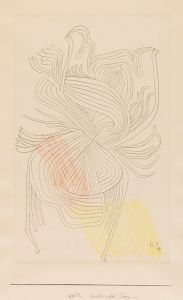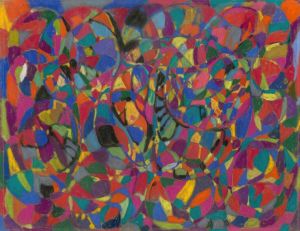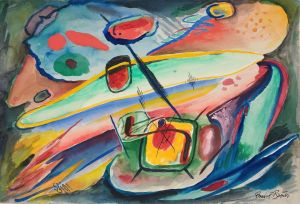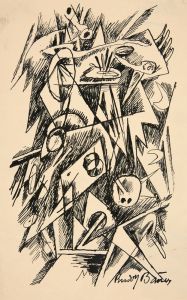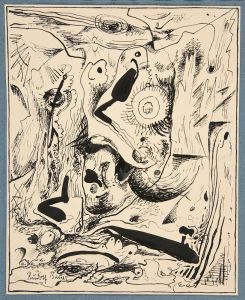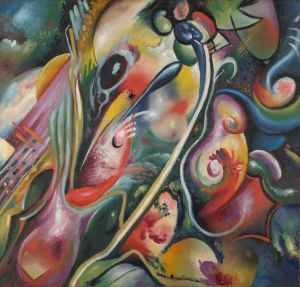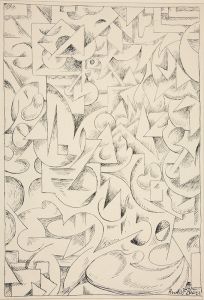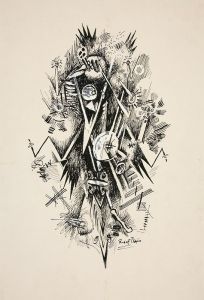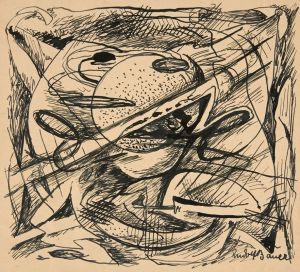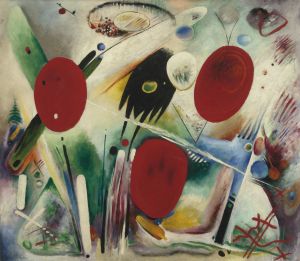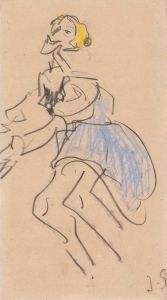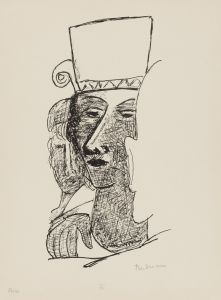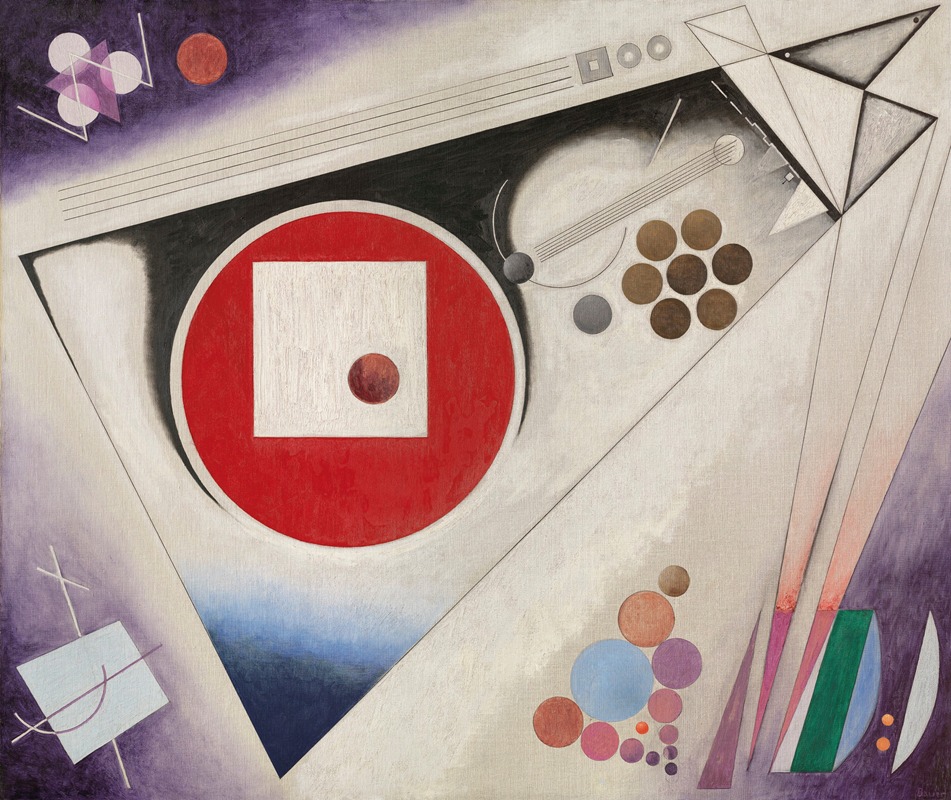
Third Symphony in 3 Movements
A hand-painted replica of Rudolf Bauer’s masterpiece Third Symphony in 3 Movements, meticulously crafted by professional artists to capture the true essence of the original. Each piece is created with museum-quality canvas and rare mineral pigments, carefully painted by experienced artists with delicate brushstrokes and rich, layered colors to perfectly recreate the texture of the original artwork. Unlike machine-printed reproductions, this hand-painted version brings the painting to life, infused with the artist’s emotions and skill in every stroke. Whether for personal collection or home decoration, it instantly elevates the artistic atmosphere of any space.
Rudolf Bauer was a German painter known for his contributions to the abstract art movement in the early 20th century. One of his notable works is "Third Symphony in 3 Movements," a painting that exemplifies his unique approach to abstract art. Bauer was a key figure in the development of non-objective art, a style that emphasizes the use of colors, shapes, and forms without direct reference to the natural world.
"Third Symphony in 3 Movements" is an abstract composition that reflects Bauer's interest in music and its relationship to visual art. The title itself suggests a connection to musical structure, with the term "symphony" indicating a harmonious arrangement of elements and "movements" suggesting different sections or phases within the work. This painting is part of Bauer's broader exploration of synesthesia, the idea that one can experience a sense through another, such as seeing colors when hearing music.
Bauer's work was heavily influenced by his association with the German art dealer and collector Herwarth Walden, who was instrumental in promoting avant-garde art in Europe. Bauer became involved with the Der Sturm gallery in Berlin, which was a hub for modernist artists. Through this connection, he met other influential artists and was exposed to various avant-garde movements, including Expressionism and Cubism, which informed his artistic development.
In "Third Symphony in 3 Movements," Bauer employs a dynamic interplay of geometric shapes and vibrant colors. The painting is characterized by its rhythmic arrangement of forms, which seem to dance across the canvas in a manner reminiscent of musical composition. Bauer's use of bold lines and contrasting colors creates a sense of movement and energy, inviting viewers to engage with the painting on an emotional and sensory level.
Bauer's work was part of the broader non-objective art movement, which sought to create art that was independent of visual references to the physical world. This movement was closely associated with the Bauhaus school and artists like Wassily Kandinsky, who also explored the connections between music and visual art. Bauer's paintings were included in exhibitions alongside those of Kandinsky and other pioneers of abstract art.
Despite his contributions to the art world, Bauer's career faced challenges, particularly during the rise of the Nazi regime in Germany. His work was labeled as "degenerate art," and he was forced to flee to the United States in the late 1930s. In America, Bauer continued to create art, but his relationship with his patron, Solomon R. Guggenheim, became strained over contractual disputes, which affected the visibility of his work.
Today, "Third Symphony in 3 Movements" is recognized as an important example of Bauer's artistic legacy. It is part of the collection at the Solomon R. Guggenheim Museum in New York, which houses a significant number of Bauer's works. The painting continues to be studied and appreciated for its innovative approach to abstraction and its exploration of the interplay between visual art and music. Bauer's work remains influential in the history of abstract art, and "Third Symphony in 3 Movements" stands as a testament to his creative vision and his contributions to the development of non-objective art.





